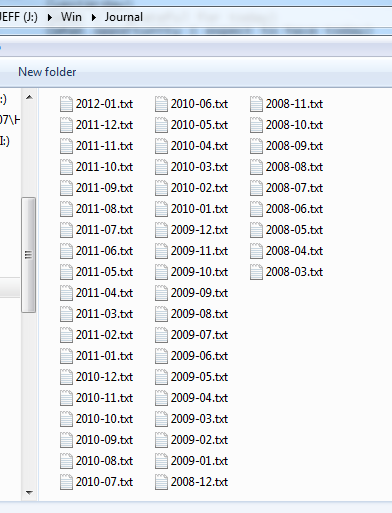“Oh you’re a freelancer… Do you have a specialty?”
“No. I didn’t want to limit myself. I pretty much do it all.”
[Alarm bells going off] Ding! Ding! Ding! Red flag. This person is either just starting out or is just a dreamer and isn’t even doing freelance work yet. Bottom line: not successful.
Rewind. Try this again.
“Oh you’re a freelancer… Do you have a specialty?”
“I deal with small local businesses.”
“What kind of businesses? What industries?”
“Any industry. I can handle whatever.”
[Alarm bells going off] Ding! Ding! Ding!
…you get the picture.
To someone having just hung out their shingle and being freshly opened for business, it seems not just counter-intuitive but actually counter-productive to limit yourself. This is especially true when you’re still vying for that first customer, or first few customers.
The irony is that you can establish yourself faster by specializing.
After all, can you really do equally well representing a fruit stand, a clothing boutique, a welder’s supply store and a Fortune 500 conglomerate?
Marketing and sales is the life and death of any business. When you’re dealing with a life and death situation yourself, you look for a specialist. Say you had some terrible disease like liver cancer. Would you keep going to your family doctor who was just a general practitioner or would you seek out a doctor who specialized in treating your specific disease?
By choosing a specialty, you make that your primary business focus. That’s not to say you couldn’t take on other assignments if they came your way. However by specializing, those businesses that fall into your area of specialization are more likely to find you and be willing to hire you than if you were a general practitioner.
“Keeping my options open” is how most newly-minted entrepreneurs like to think of it. “Not the guy to entrust the lifeblood of my business to” is how most seasoned business people will more likely interpret it.
The first move in any creative process is to introduce constraints. (The Art of Looking Sideways, p.270)
There is a sound scientific basis for this, as illustrated by a further quote from Alan Fletcher in The Art of Looking Sideways, “…I could, the client said, do whatever I liked. Bad news. Open-ended problems need boundaries to avoid any unnecessary excursions…”
Think of a home. Have you ever walked on a cleared area that was to become the foundation for a house? Or one where a house once stood? Have you also been inside that house when it was standing on that foundation? Looking at the cleared land, it seems much too small for a proper home. It is the walls and “confining” features that give it space.
Adding impact to this whole idea of specialization as a business building strategy is the fact that even a relatively small city has many thousands of businesses. When you fail to specialize, you lose focus trying to chase down anyone who will hire you. With a well-chosen niche or sub-niche specialty, you should find no more than a couple hundred potential business customers. This gives you a more definite target on which to focus your efforts. Even landing 10% or 20% of those clients will yield more work than you can realistically handle.
Now that’s a high quality problem to have.




